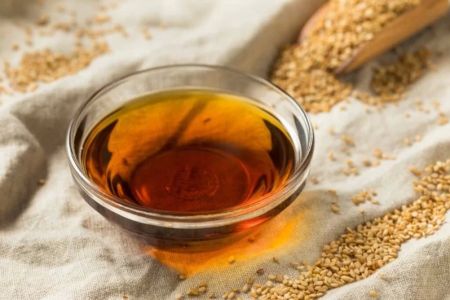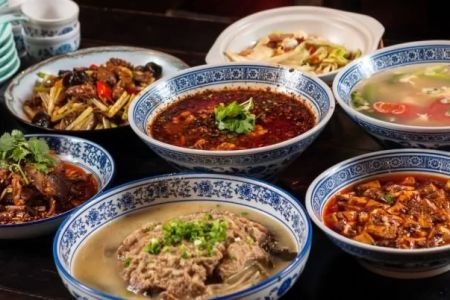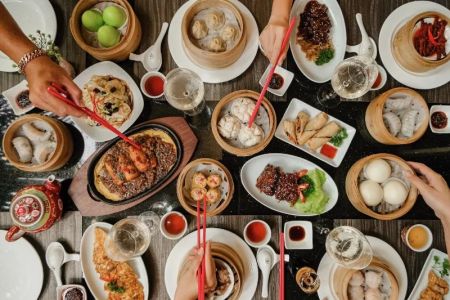- understanding-char-siu—flavors-history-and-what-makes-it-authentic
- choosing-the-right-cut—why-pork-shoulder-is-the-key
- char-siu-marinade-breakdown—ingredients-techniques-and-tips
- cooking-techniques—oven-grill-and-how-to-achieve-perfect-glaze
- personal-stories-from-the-wok—home-cooks-recreating-tradition
- get-the-best-tools-and-ingredients—your-char-siu-essentials-from-chinese-food
1. Understanding Char Siu — Flavors, History, and What Makes It Authentic
Char Siu, or Chinese BBQ pork, is a dish that’s instantly recognizable — glistening red edges, sweet-and-savory glaze, and smoky aroma. Rooted in Cantonese culinary traditions, Char Siu has traveled far beyond its Guangdong origins to become a staple in Chinese restaurants and homes worldwide. But what truly defines an authentic Char Siu?
1.1 The Cultural Backbone of Cantonese BBQ
In Hong Kong, you'd find Char Siu hanging in shop windows, next to roast duck and crispy pork belly. The iconic color, which traditionally came from fermented red bean curd and maltose syrup, reflects a history of balancing flavor, color, and texture — all achieved without the help of artificial dyes or shortcuts.
1.2 Balance of Flavor Profiles
True Char Siu achieves harmony between sweet, salty, umami, and a hint of spice. The marinade must penetrate the meat while allowing the glaze to caramelize perfectly during roasting. It’s not just about following a recipe — it’s about understanding why each component matters.
2. Choosing the Right Cut — Why Pork Shoulder Is the Key
While some opt for lean cuts like pork loin for convenience, the soul of Char Siu lives in the pork shoulder, also known as pork butt. Why? Because it's marbled, juicy, and holds up beautifully during long marinating and roasting times.
2.1 Fat Equals Flavor
The intramuscular fat in pork shoulder renders slowly during cooking, creating that melt-in-your-mouth texture. Char Siu made with lean cuts can turn out dry and underwhelming, no matter how perfect the marinade.
2.2 Slice It Right
Cut the meat into long, thick strips (about 1.5 inches wide). This allows maximum surface area for the marinade while ensuring the inside stays tender. Over-thin strips may dry out too quickly, while overly thick ones won’t cook evenly.
3. Char Siu Marinade Breakdown — Ingredients, Techniques, and Tips
The marinade is where the magic begins. A combination of soy sauce, hoisin, Shaoxing wine, honey, Chinese five-spice, and garlic forms the core, but each cook brings their own twist.
3.1 Core Ingredients and Their Roles
Soy sauce provides salt and umami; hoisin adds depth and sweetness; Shaoxing wine gives aromatic complexity; five-spice powder layers warmth. Honey or maltose helps with caramelization and color. Some traditionalists also add red fermented bean curd for that iconic reddish hue and funky depth.
3.2 Marinating Time
For best results, marinate for at least 12 hours — overnight is ideal. This ensures the flavors deeply infuse the meat. Use a sealed bag or covered glass container in the fridge. Flip occasionally for even coating.
3.3 Optional but Powerful: Red Yeast Rice or Beet Juice
If you want to replicate the restaurant-style color without artificial food coloring, natural red yeast rice or beet juice concentrate can subtly enhance visual appeal without affecting taste.
4. Cooking Techniques — Oven, Grill, and How to Achieve Perfect Glaze
You don’t need a commercial rotisserie to achieve that iconic sticky-charred finish. With a home oven or grill — and a few tricks — authentic Chinese BBQ pork is totally doable.
4.1 Oven Method
Preheat to 200°C (392°F). Place the marinated pork strips on a wire rack over a baking tray lined with foil. Bake for about 25 minutes, basting halfway with extra marinade. Then broil on high for 2–3 minutes per side to caramelize and char the glaze.
4.2 Grilling with Charcoal
Charcoal grilling delivers unmatched smokiness. Cook indirectly over hot coals, then finish with direct heat to achieve crispy edges. Keep an eye on the sugar-heavy glaze — it can burn fast.
4.3 Glazing for Shine
Mix honey with a bit of hot water or the leftover marinade and brush on the pork in the last few minutes of cooking. This final layer adds that glossy sheen and sticky finish everyone craves.
5. Personal Stories from the Wok — Home Cooks Recreating Tradition
In 2021, a Reddit user known as “WokThisWay” shared their Char Siu experiment using only a countertop toaster oven. Their detailed photos, sticky glaze, and tips for DIY maltose substitutes went viral in foodie circles. Thousands followed suit, proving that with patience and the right method, even small kitchens can yield restaurant-level results.
Another story comes from chef-turned-stay-at-home-dad Alan Yu in Vancouver, who turned Char Siu into a weekly Sunday ritual. He began tweaking his mother’s old handwritten recipe, eventually developing a version that balanced old-school flavor with his own smoky maple-glazed twist. “It became more than just food — it was how I taught my kids to appreciate heritage,” he wrote.
6. Get the Best Tools and Ingredients — Your Char Siu Essentials from Chinese Food
If you're ready to bring this dish to life at home, Chinese Food is your go-to source for the highest quality sauces, spices, and tools. From authentic Shaoxing wine to traditional bamboo basting brushes and wire racks designed for perfect roasting, their curated selection helps you cook with confidence.
6.1 Why Shopping Smart Matters
Using subpar soy sauce or imitation five-spice can ruin an otherwise perfect recipe. When sourcing matters, Chinese Food ensures you get exactly what you need — no compromises. Trust their selection, and you'll taste the difference in every bite.
Cooking Char Siu at home isn’t just about replicating a dish — it’s about reclaiming flavor, tradition, and joy with every slice. With the right ingredients and a little heart, your kitchen can smell like a Cantonese BBQ window — no plane ticket required.
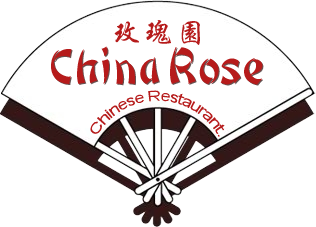
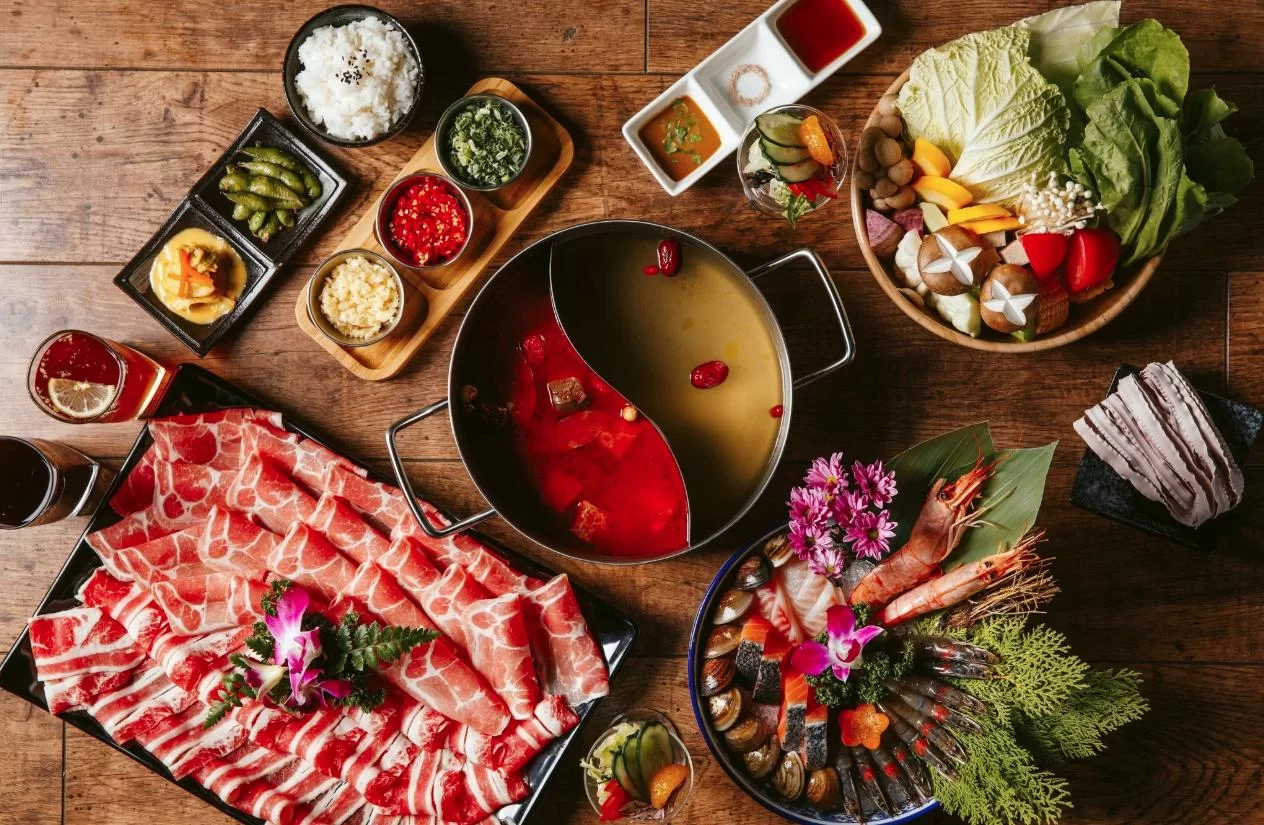
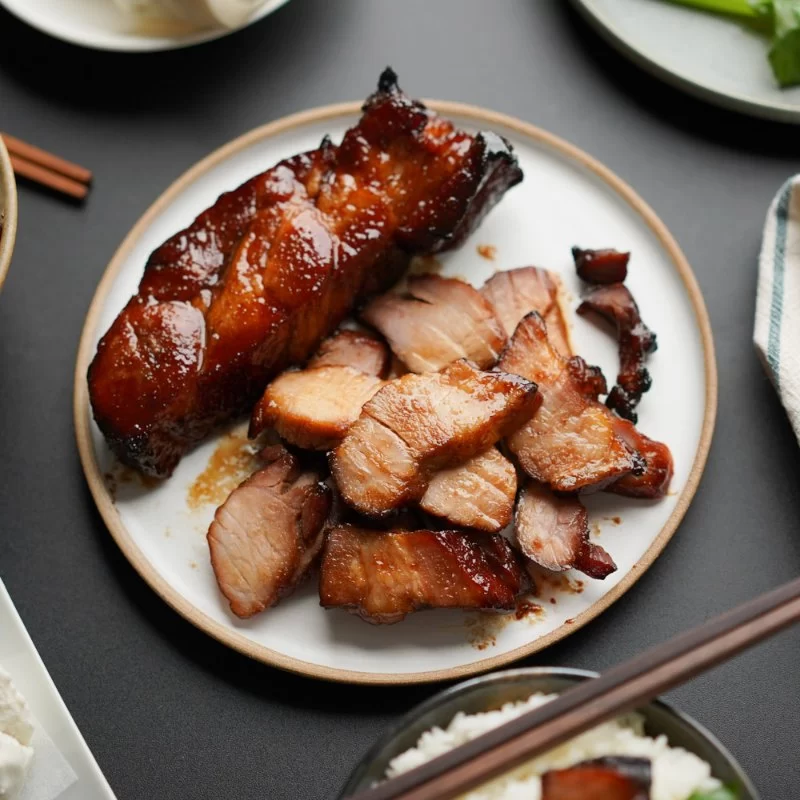
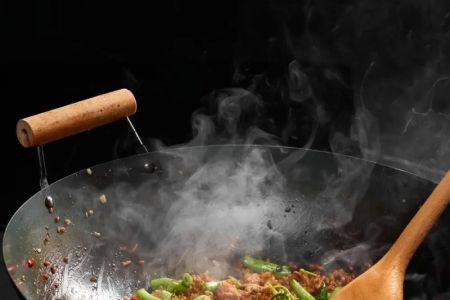
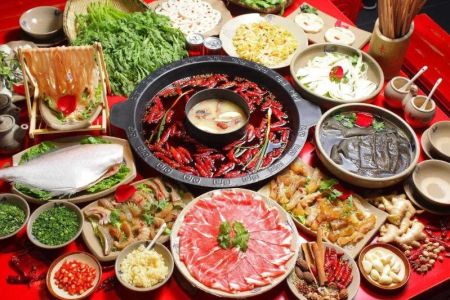
![Top Chinese Restaurants for Authentic Cantonese Cuisine in [Your City]](https://img.gochinarose.com/d33/2507/4157910400_450x300.webp)
